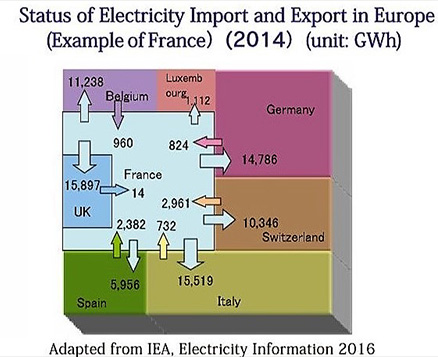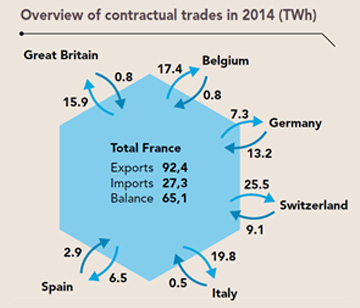Power Raid
We Exist To Win Premierships
Nuclear plans 'should be rethought after fall in offshore windfarm costs
Offshore windfarms are to be built for around half the price of previous ones
The government is under pressure to reconsider its commitment to a new generation of nuclear power stations after the cost of offshore wind power reached a record low.
Experts said green energy had reached a tipping point in the UK after two windfarms secured a state-backed price for their output that was nearly half the level awarded last year to Britain’s first new nuclear power site in a generation, Hinkley Point C.
Vince Cable, the leader of the Liberal Democrats, said the breakthrough should prompt a rethink of the government’s energy plans, which have pencilled in atomic plants at Wylffa in Wales, Sizewell in Suffolk and Bradwell in Essex.
“The spectacular drop in the cost of offshore wind is extremely encouraging and shows the need for a radical reappraisal by government of the UK’s energy provision,” he said.
Two windfarms – the Hornsea 2 project off the Yorkshire coast and the Moray offshore windfarm in Scotland – secured a guaranteed price for their power of £57.50 per megawatt hour (MWh) from the government.
This is far below the £92.50 awarded to Hinkley Nuclear Plant last year.
https://www.theguardian.com/environ...power-offshore-windfarm-costs-fall-record-low
in Germany
Offshore Wind Farms Offer Subsidy-Free Power for First Time
German’s electricity grid regulator approved bids to build what will be the first offshore wind farms that depend entirely on market prices instead of government support and subsidy.
“Subsidy-free offshore wind!” Hostert said. “This is a moon-landing moment.”
To compare like with like the first project for hornsea is £140 and the the second £57.50 which delivers an average cost of £95/MWhr
whilst the Hinkley project first reactor is £92.50 and the the second £60 which delivers an average cost of £76/MWhr

Then consider what the price of reliability is worth?












